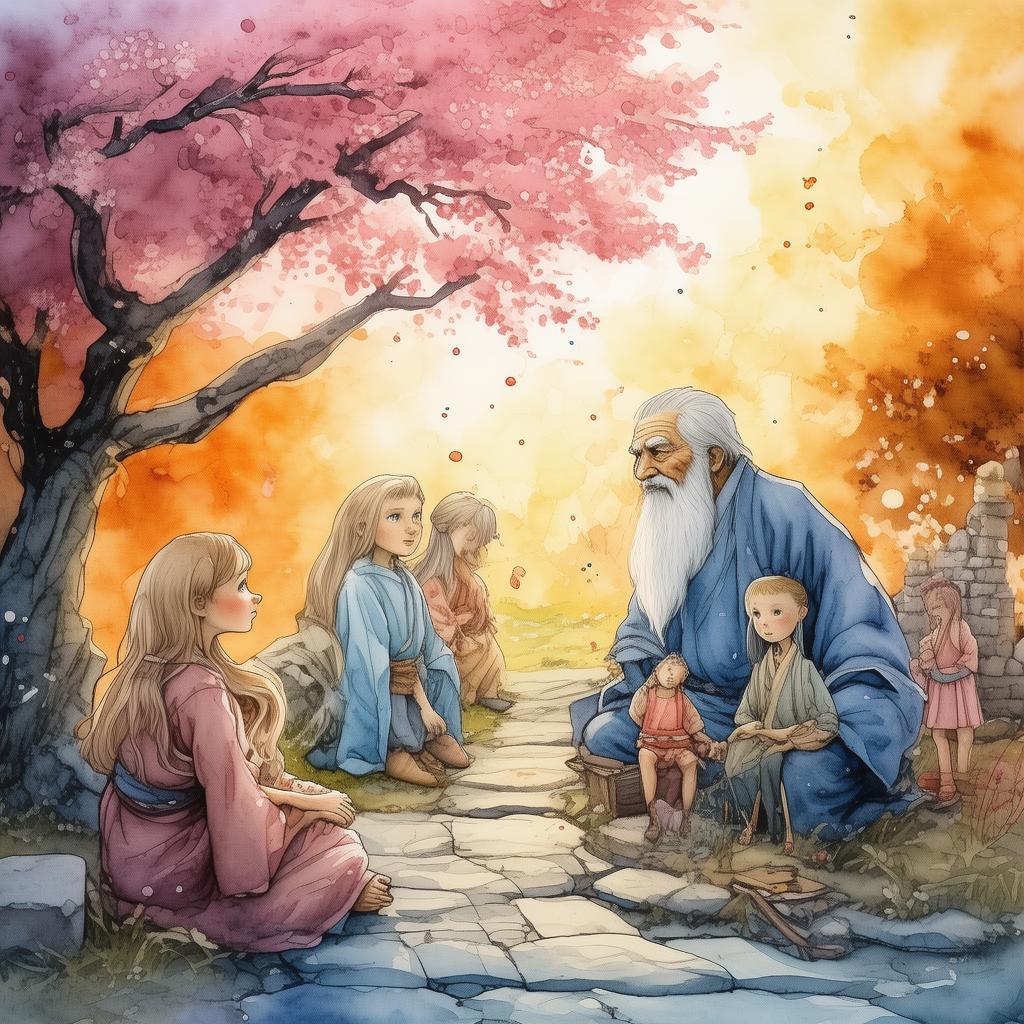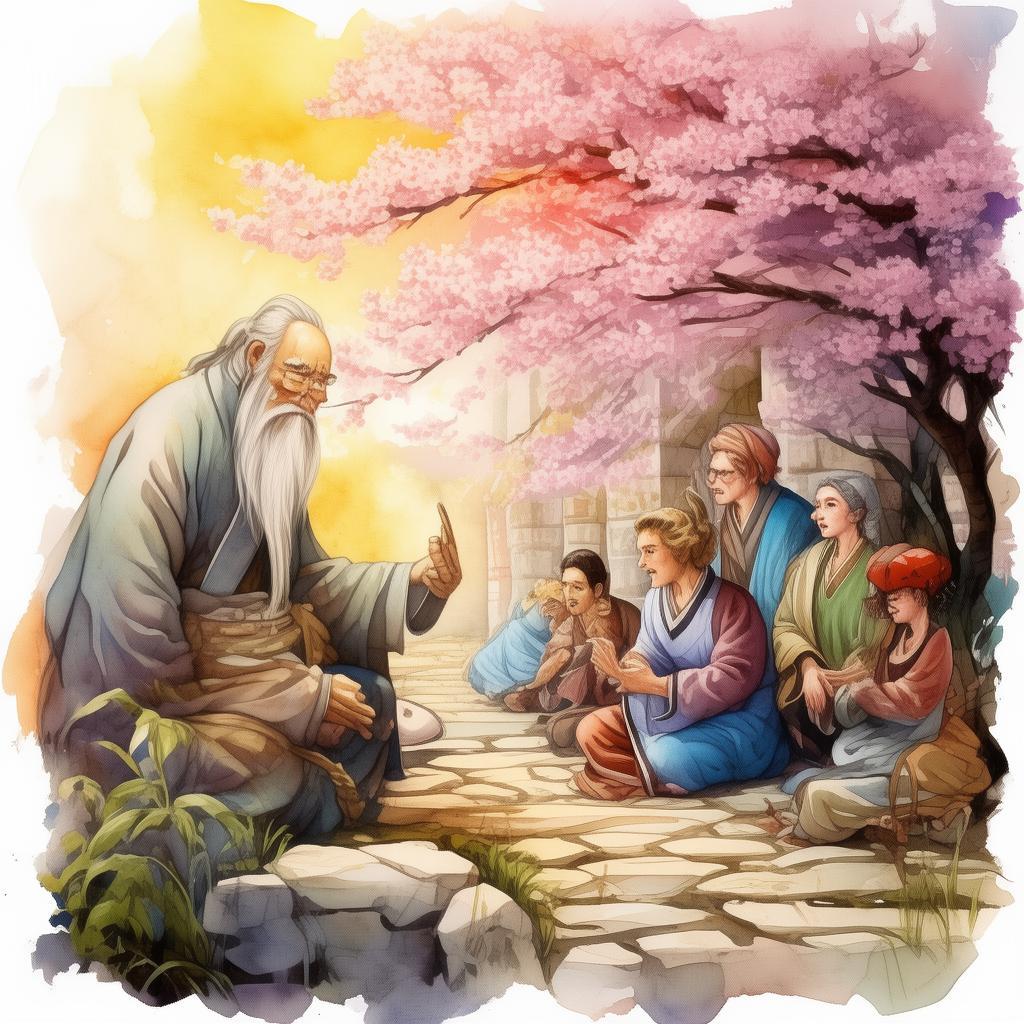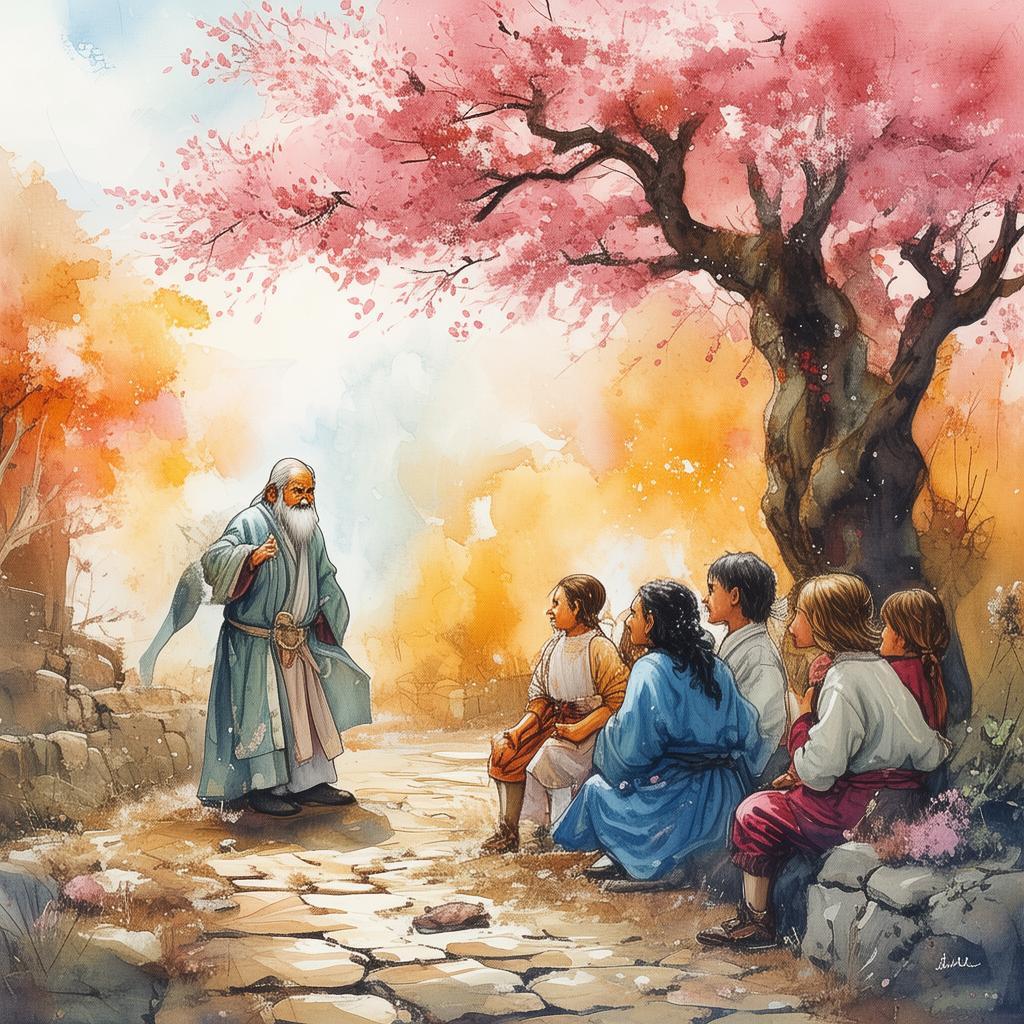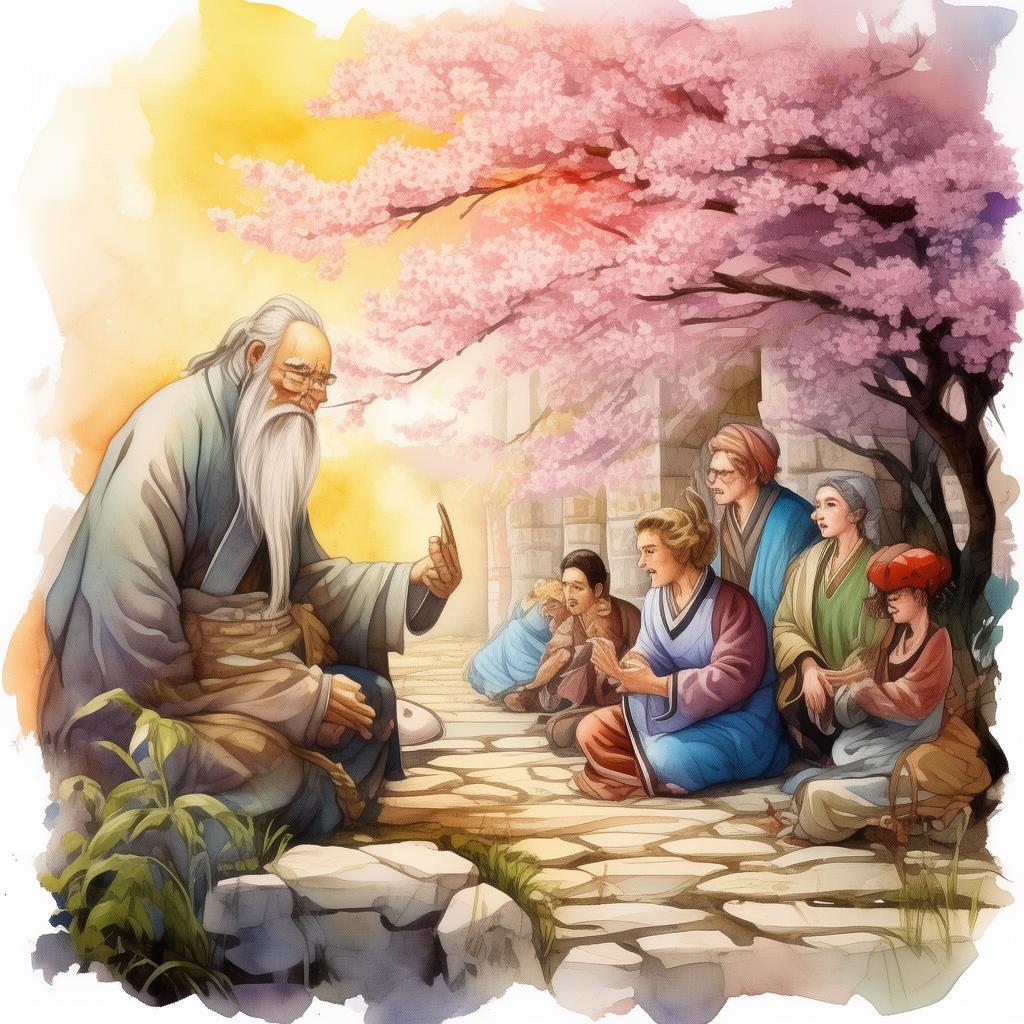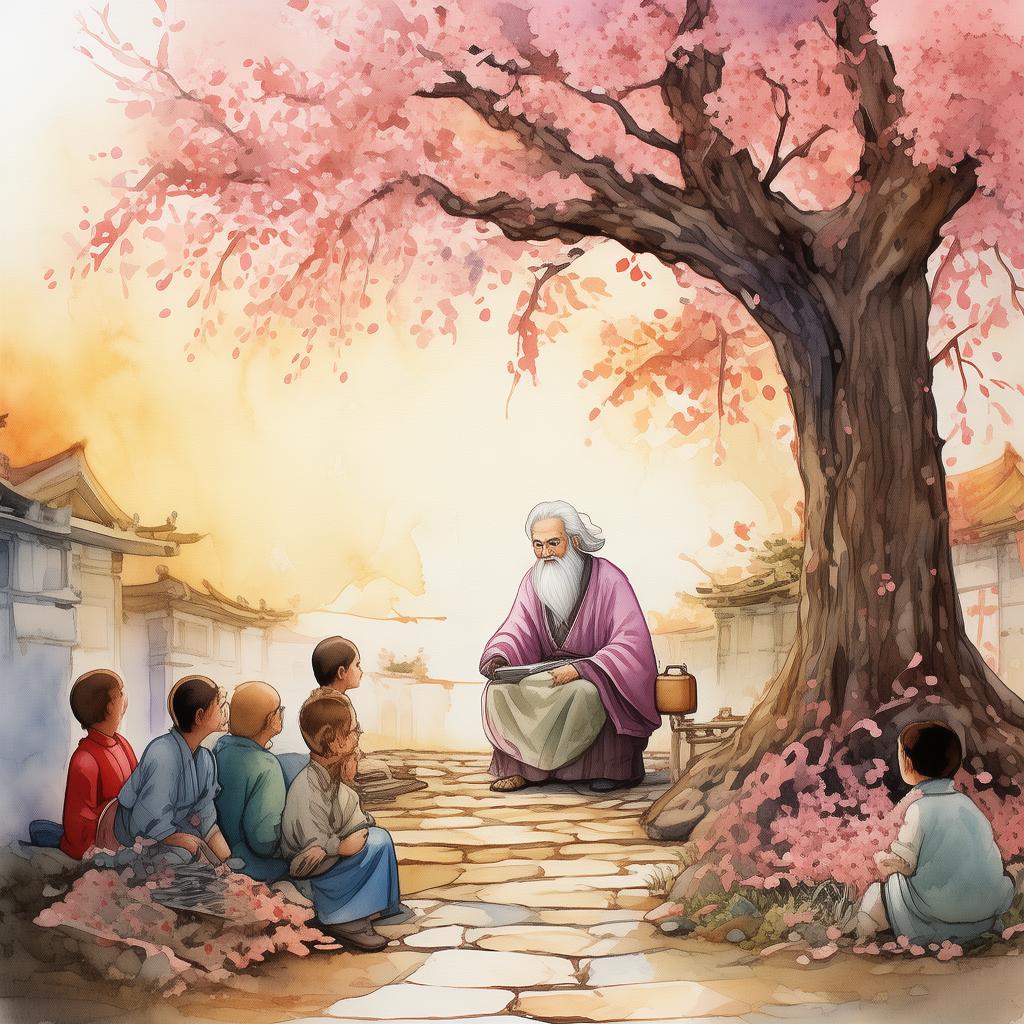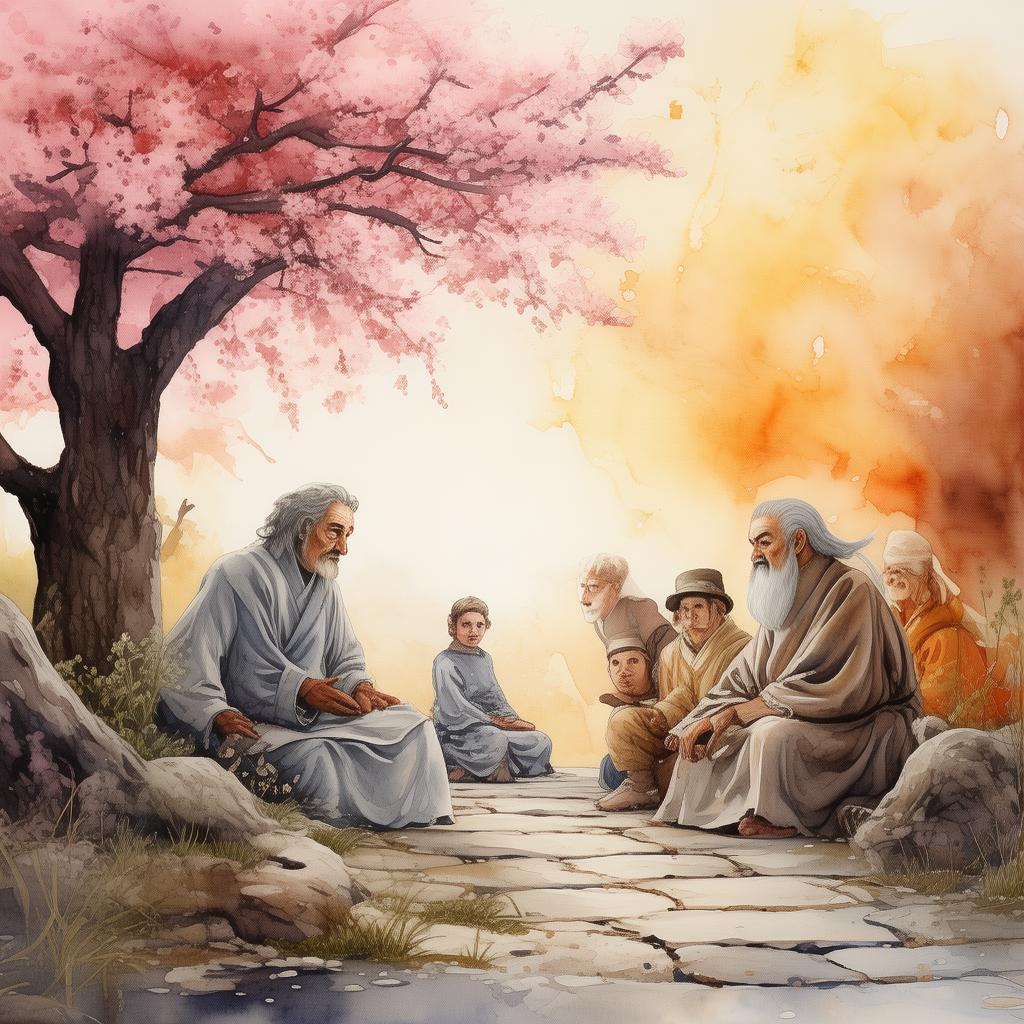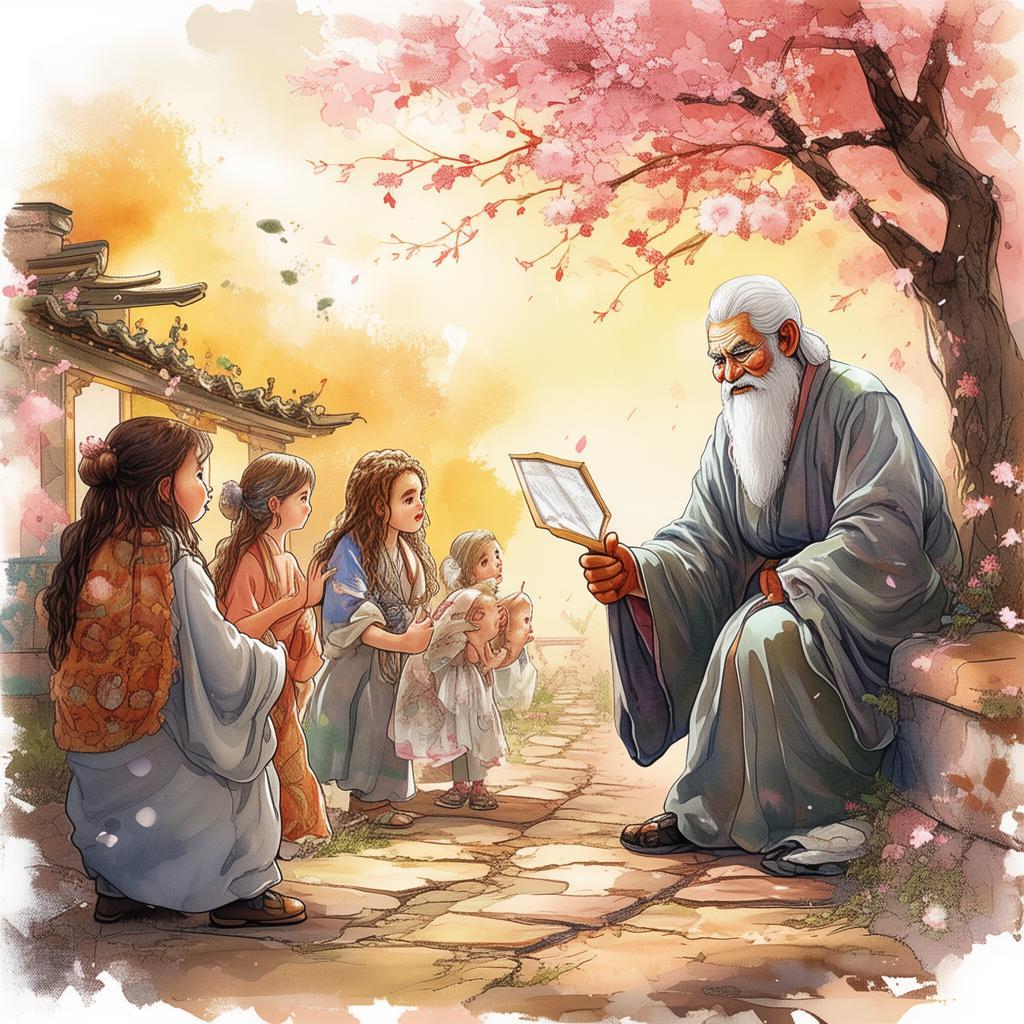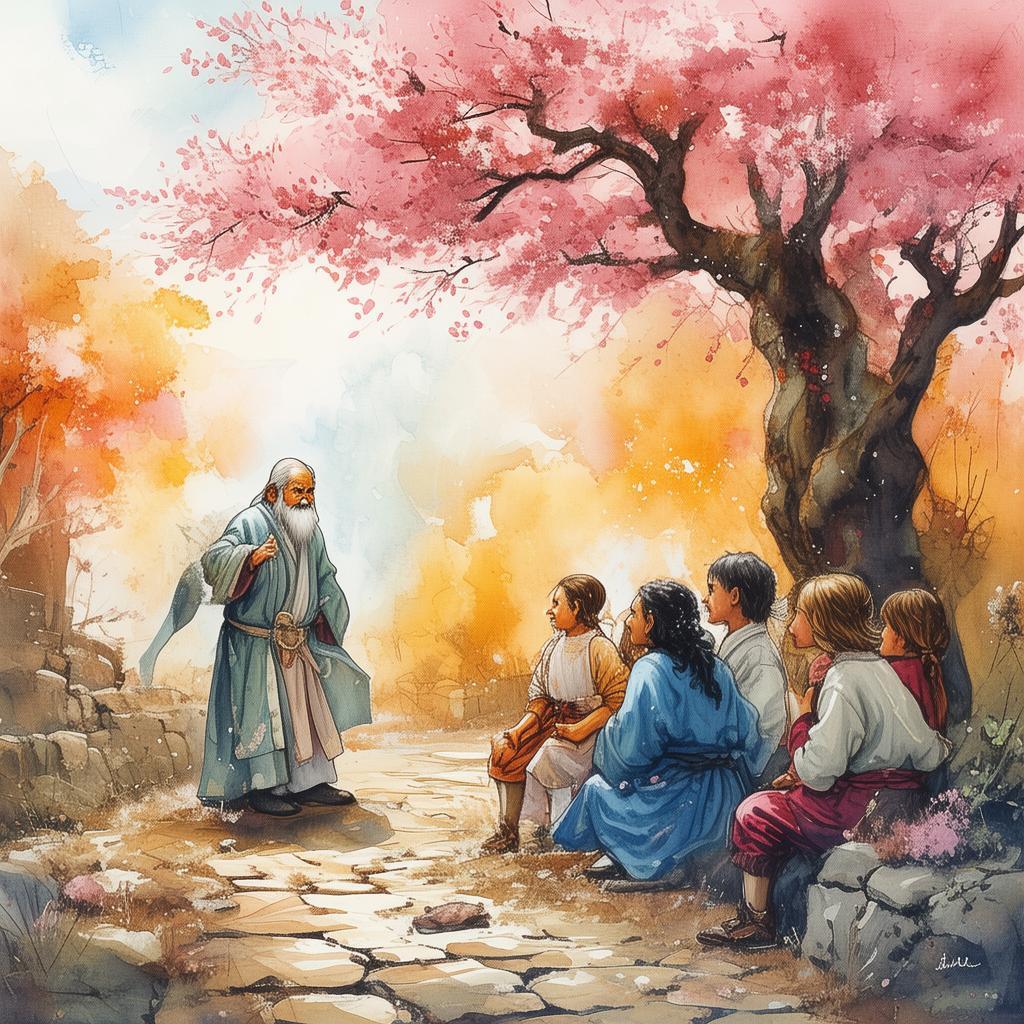The Head and the Tail: A Tale of Artistic Pursuits
In the bustling city of Chang'an, during the Tang Dynasty, there lived two renowned artists: Master Scribe Li, whose calligraphy was as elegant as flowing water, and Master Artist Wang, whose paintings were as lifelike as life itself. Their rivalry was the talk of the town, a contest that had spanned years and had pitted their skills against one another in various contests and exhibitions.
Master Scribe Li was known for his meticulous attention to detail and his profound understanding of the ancient scripts. His calligraphy was not just a form of art but a way to express the soul of the characters themselves. People would gather to see his brush strokes, which seemed to dance with life on the paper.
Master Artist Wang, on the other hand, was an innovator, pushing the boundaries of traditional art. His paintings were so vivid that they seemed to come to life before the viewer's eyes. He was always experimenting with new techniques, blending colors and textures in ways that were both surprising and beautiful.
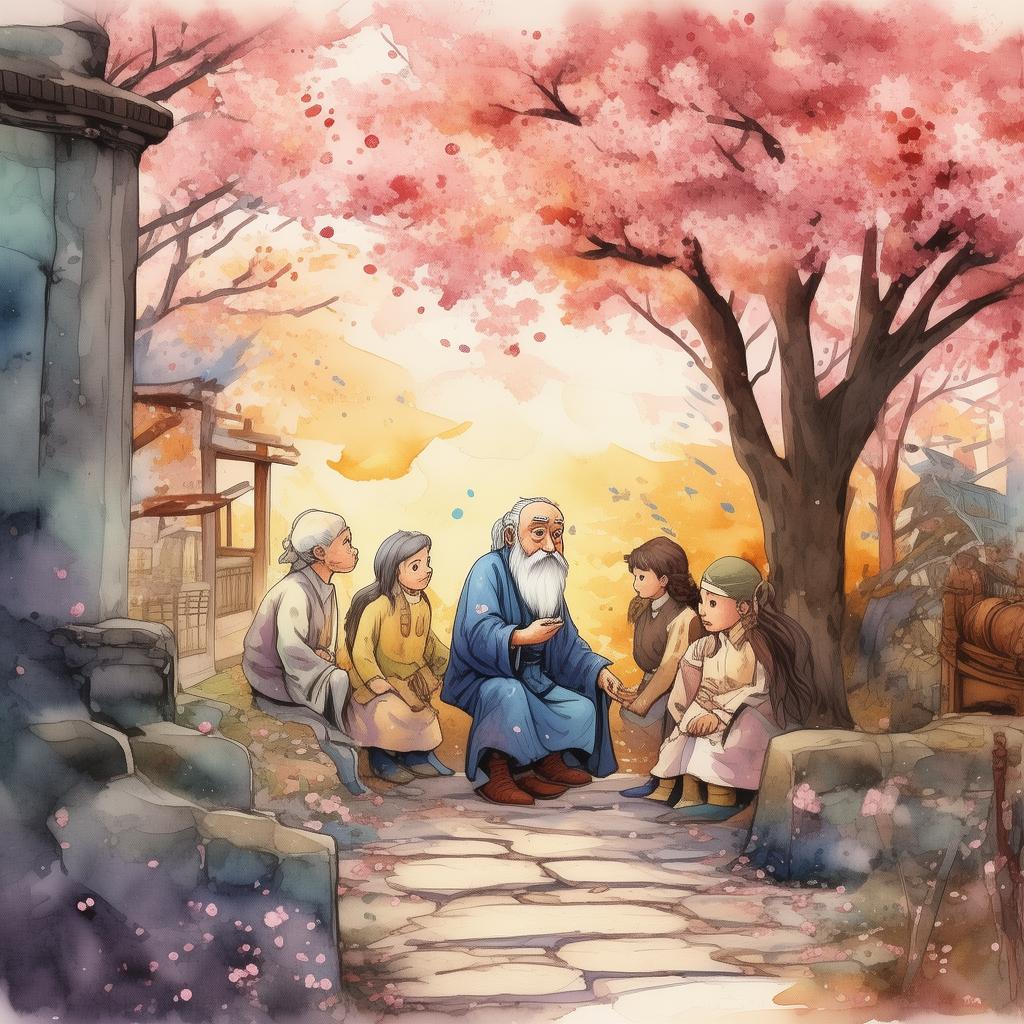
The townspeople often bet on who would win these contests, and both masters were equally beloved and feared. It was said that if you were to hear the applause of the crowd during one of their matches, it would shake the very foundations of the city.
One day, a new contest was announced, one that would determine who would be known as the greatest artist of Chang'an. The challenge was simple yet daunting: to create a masterpiece that would embody the essence of the other's art form.
Master Scribe Li, knowing the challenge, began to study Wang's paintings. He tried to understand the emotions and stories that Wang conveyed through his brush. As he did, he felt a strange connection to the artist, almost as if he could see the world through Wang's eyes.
Meanwhile, Master Artist Wang, intrigued by the challenge, immersed himself in the world of calligraphy. He learned the nuances of the strokes, the balance of the characters, and the rhythm of the words. He found himself drawn to the simplicity and the power of the script.
As the day of the contest approached, both masters were in a state of intense preparation. The air was thick with tension as the crowd gathered to witness the spectacle.
On the day of the contest, the judges were chosen from the most prestigious scholars and artists in Chang'an. They were to be the ones to decide the winner.
Master Scribe Li stood before the judges with a scroll of paper in hand. With a deep breath, he began to write. His calligraphy flowed effortlessly, each character a delicate dance of ink and paper. The judges watched in awe as he captured the essence of Wang's art through his words.
Then, it was Master Artist Wang's turn. He stepped forward with a blank canvas and a set of vibrant paints. He began to paint with a brush that seemed to have a life of its own, moving with a grace that was both mesmerizing and haunting. The judges were speechless as they witnessed the transformation of the canvas into a piece of art that spoke of the soul of the scribe's calligraphy.
The crowd erupted in applause as the judges announced the winner. It was a tie. The judges had declared that the essence of each artist's work had been captured so perfectly by the other that they could not choose between them.
In that moment, Master Scribe Li and Master Artist Wang realized that their rivalry had been a false construct. They had been so focused on outdoing one another that they had missed the true beauty of their art forms.
From that day on, they began to collaborate, blending their skills to create works that were unlike anything seen before. They learned from one another, growing both as artists and as friends.
The tale of Master Scribe Li and Master Artist Wang spread far and wide, becoming a legend of Chang'an. It was said that the greatest artists were not those who sought to outdo others, but those who sought to understand and appreciate the art in everything.
And so, the saying "The head of the scribe and the tail of the artist" came to mean that true creativity comes from the fusion of different perspectives and the willingness to learn from others.
The story of Master Scribe Li and Master Artist Wang taught the people of Chang'an that the greatest art is not born from competition, but from collaboration and respect for the diverse talents that exist in the world.
✨ Original Statement ✨
All articles published on this website (including but not limited to text, images, videos, and other content) are original or authorized for reposting and are protected by relevant laws. Without the explicit written permission of this website, no individual or organization may copy, modify, repost, or use the content for commercial purposes.
If you need to quote or cooperate, please contact this site for authorization. We reserve the right to pursue legal responsibility for any unauthorized use.
Hereby declared.

